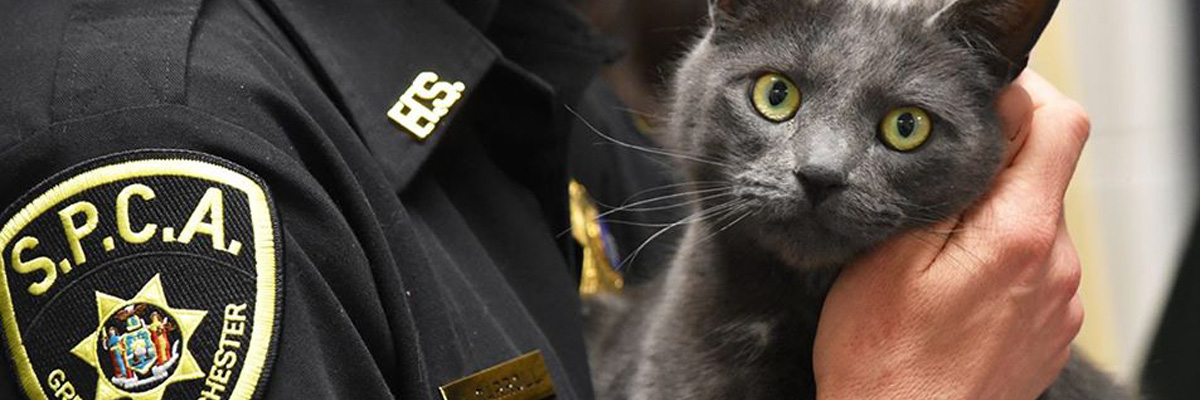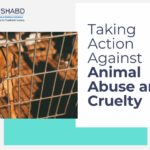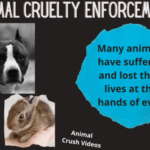As residents of Pennsylvania enjoy the scenic beauty of their state, a grim reality lurks in the shadows: animal cruelty remains an alarming issue that demands attention and action. How is animal cruelty addressed within the realm of law enforcement, and can compassion coexist with legal responsibilities? This question poses a significant challenge for authorities and activists alike, especially when navigating the delicate balance between punishment and rehabilitation.
In Pennsylvania, the legal framework surrounding animal cruelty is primarily governed by the Animal Cruelty Law, found in Title 18, Chapter 55, of the Pennsylvania Consolidated Statutes. This legislation defines various forms of animal cruelty, outlining behaviors that are deemed objectionable, such as neglect, torture, and abandonment. The statute is comprehensive, categorizing offenses as either summary, misdemeanor, or felony charges, with penalties escalating based on the severity of the act. Although the law provides a structure for prosecution, the question remains: Is enforcement enough to curb the ongoing plight of animals?
Enforcement of the Animal Cruelty Law relies primarily on local law enforcement agencies and certified humane officers. Each county has designated officers trained to investigate allegations of animal cruelty. These individuals play a crucial role, as they are often the first responders to reports of mistreatment. Upon receiving a complaint, they conduct thorough investigations, gathering evidence, and interviewing witnesses. If sufficient evidence is obtained, the officer may initiate legal proceedings against the alleged offender. However, with limited resources and the sheer volume of reports, the effectiveness of enforcement can vary widely across counties.
A significant challenge arises from the fact that not all instances of animal cruelty are reported. Many cases occur behind closed doors, hidden from the public eye. This lack of visibility complicates law enforcement’s efforts. Additionally, there exists a cultural stigma surrounding the care and treatment of animals in some communities. Individuals may not recognize certain behaviors as cruel; thus, education and awareness become imperative in addressing this issue head-on.
Moreover, the emotional weight of each case cannot be overlooked. Animal cruelty often incites a visceral reaction, demanding a response that is both impactful and compassionate. Punitive measures, while essential, are not always sufficient to foster long-term change. Enter the crucial role of compassion in combating animal cruelty. Organizations and advocacy groups play a pivotal role in this aspect, providing educational programs, resources, and support to both animals and their guardians. These initiatives aim to cultivate empathy towards animals, highlighting the importance of responsible ownership and the humane treatment of all creatures.
Ultimately, fostering compassion should not distract from the necessity of accountability. When offenders are prosecuted under the law, it serves a dual purpose: delivering justice for the victims and reinforcing societal norms that discourage cruelty. The prosecution acts as a deterrent, signaling that animal abuse will not be tolerated. Yet, it raises further questions: What happens after the legal process? Are offenders given the opportunity for rehabilitation, or are they simply punished without consideration for their potential to change?
This leads to an exploration of restorative justice approaches that could complement traditional law enforcement methods. Such frameworks encourage both offenders and communities to recognize the impact of cruelty on animals. By integrating educational programs and support networks, individuals convicted of animal cruelty might be required to participate in rehabilitation initiatives which emphasize empathy, understanding, and responsible pet ownership. The potential for transformation exists, but it necessitates a paradigm shift in how the legal system operates.
Beyond the courtroom, community awareness and advocacy are essential in addressing the pervasive issue of animal cruelty. Grassroots movements, campaigns, and public engagement serve to foster collective action. Community members can engage in simple yet effective actions, such as volunteering at local shelters, participating in spay/neuter programs, and promoting humane education in schools. The more informed a community becomes about animal welfare, the less likely it is to tolerate mistreatment.
The intersection of law enforcement and compassion in animal cruelty cases highlights a significant dilemma. While legal ramifications are important for deterring future wrongdoing, the emotional and societal aspects of animal welfare cannot be underestimated. We must ask ourselves: Are we prepared to embrace a future where legal systems and compassionate initiatives work hand in hand?
As advocates for animal rights, we face the challenge of not only prompting enforcement but also inspiring profound change in societal attitudes towards animals. Encouraging empathy and understanding within communities is paramount if we wish to eradicate cruelty and foster an environment where animals are treated with dignity and respect. Every action counts, and through continued advocacy, education, and responsible action, Pennsylvania can, and must, become a safer place for all its inhabitants, furry or otherwise.
In conclusion, tackling animal cruelty in Pennsylvania is a multifaceted endeavor that requires a blend of effective law enforcement, compassionate outreach, and vigilant community involvement. The road to change may be long, but with dedication and a commitment to fostering compassion, a significant impact can be made in the fight against animal cruelty.








